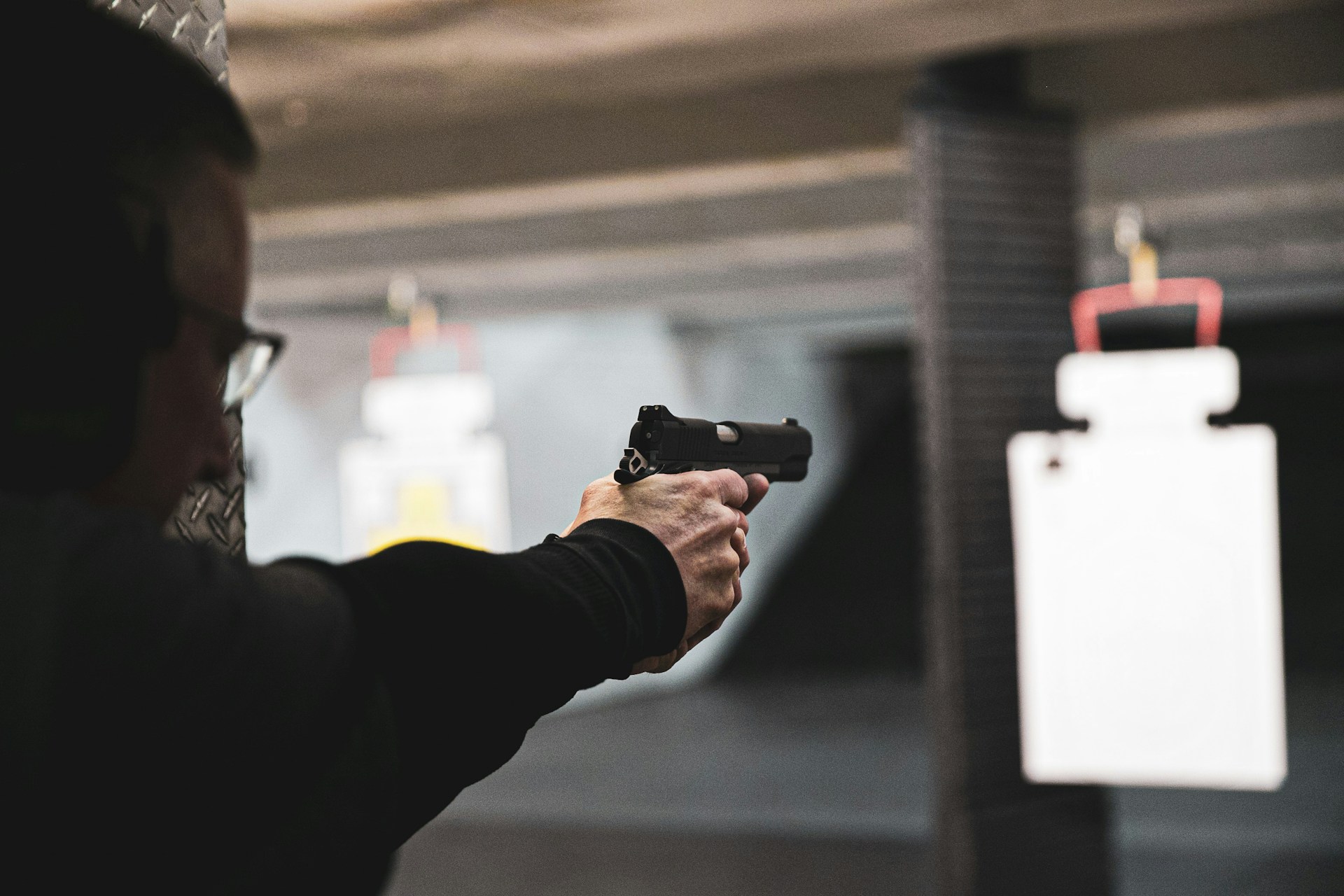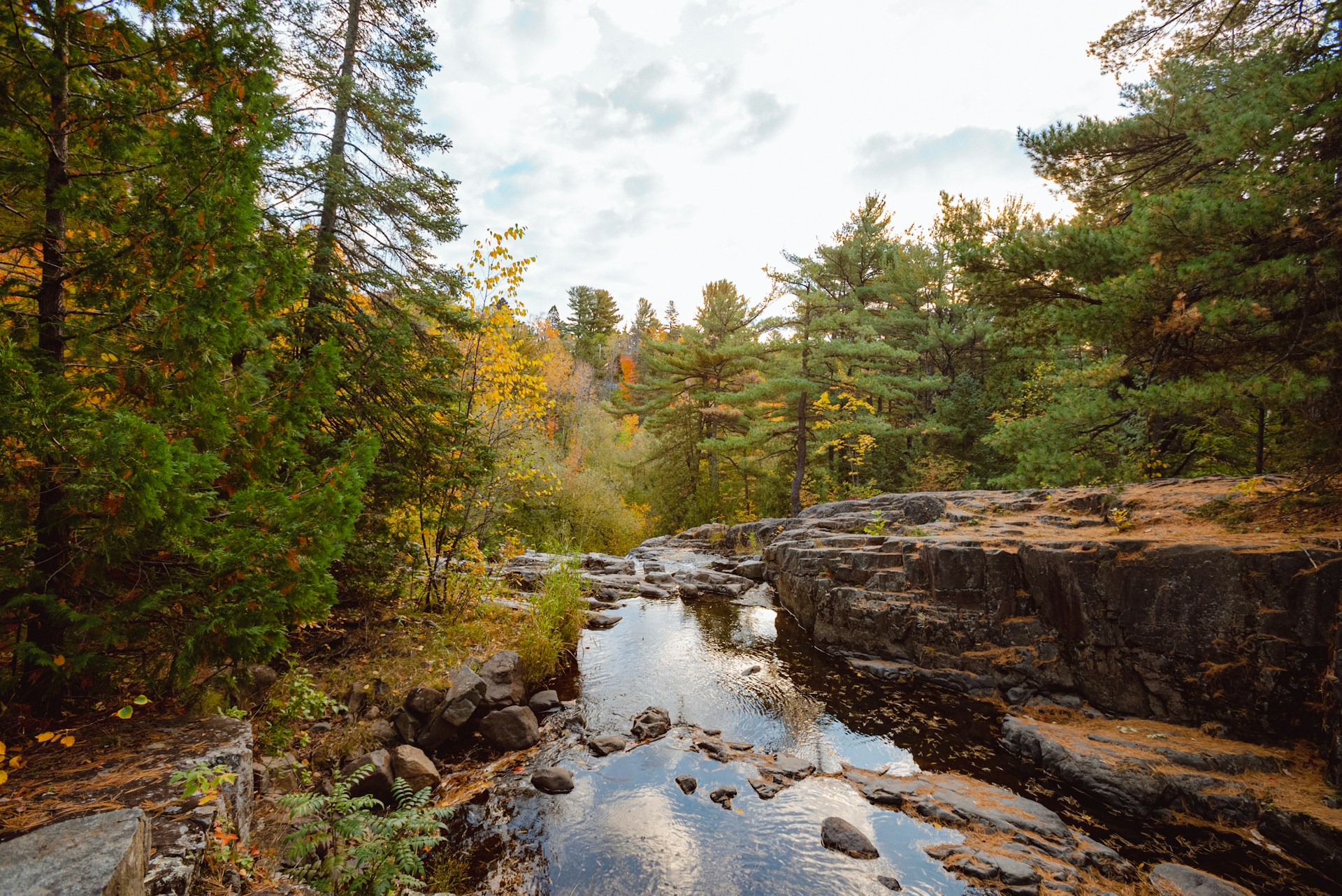Preparedness
Intruder Meets Armed Homeowner: A Sobering Tale of Consequences

In the early morning hours of a rural home in Herrick, Illinois, became the scene of a fatal encounter when an intruder ignored warnings and met a tragic end. Shelby County Sheriff Brian McReynolds confirmed the incident, stating that the intruder, identified as 19-year-old Wade M. Barnes from Cowden, had previous run-ins with law enforcement.
The Shelby County Sheriff’s Office received a distress call at 5:25 a.m. about a home invasion underway. Sheriff McReynolds noted in a press release that Barnes was known to the authorities due to past incidents, including an ongoing criminal case. Just earlier this month, Barnes faced multiple charges, including “aggravated fleeing from a police officer, possessing a firearm without a state Firearm Owner’s Identification Card, and transporting liquor by a driver under 21.”
During the home invasion, Barnes reportedly threatened the occupants. In response, one of the residents retrieved a firearm and issued a clear verbal warning for Barnes to halt.
“Barnes continued into the residence, ignoring the warning,” McReynolds stated.
As a result, shots were fired, striking Barnes. Emergency medical services were dispatched to the scene, and Barnes was transported to Good Shepherd Hospital in Shelbyville, where he succumbed to his injuries and was pronounced dead at 7:16 a.m.
The Shelby County Sheriff’s Office is actively investigating the incident, with assistance from state police, the Shelby County Coroner, and the Shelby County State’s Attorney. This tragic event marks another chapter in Barnes’ troubled history, as he had previously been charged with “aggravated fleeing and speeding 35 miles per hour over the speed limit” earlier this year.
The incident has sparked a wave of reactions on social media, with many commenters expressing support for the homeowner’s actions. One individual remarked, “It’s about time people start defending themselves again!!! Great job!!!”
Another comment highlighted the perceived inevitability of consequences for criminal activities: “If you are going to engage in criminal activity, you accept the consequences. I did not get shot recently; probably because I don’t do crimes. Hmmmmm.”
The sentiment was echoed by another user who quipped, “The criminals’ anthem… another one bites the dust!”
As the investigation unfolds, the community reflects on the balance between self-defense and the tragic outcomes that can arise from such confrontations.
Let us know what you think, please share your thoughts in the comments below.

Preparedness
Discover Hidden Water Sources in the Wild with These Tips

In the wilderness, finding water is crucial for survival. Even with the best purifying equipment, it’s useless if you can’t locate water to purify. Here are five methods to help you find water in the wild, each adaptable to your specific situation.
First, utilize your senses. Slow down and listen for the distinctive sound of running water. This sound can often be heard from a considerable distance, guiding you to a potential source. Clear running water is ideal, but its suitability depends on the filtration and purification methods you have at your disposal.
Next, observe the vegetation around you. Head towards areas with lush, green plants. The greener the vegetation, the closer you are likely to be to a water source like a creek or stream. As you approach, you may even notice an increase in humidity, signaling that water is near.
Animal behavior can also be a valuable guide. Animals need water to survive, and where they are, water is likely nearby. “Insects, for instance, can often lead you to sources of water you’d never see otherwise.” Bees, for example, need freshwater regularly, meaning their nests are usually within a couple of miles of a water source. Ants might lead you directly to water; if you notice a line of ants climbing a tree, they might be accessing water that has soaked into the wood.
Birds provide another clue. “Birds will tend to guide their flocks towards water,” so observing their flight patterns can be informative. Flocks flying close to the ground are often heading towards a water source. However, not all birds are reliable indicators. Carnivorous birds, such as hawks, have large ranges and obtain moisture from their prey, so their presence doesn’t necessarily indicate nearby water. Similarly, waterfowl like geese and ducks are not reliable indicators as they travel long distances between water bodies.
Finally, consider the behavior of mammals. While not always a sure bet, “looking for well-worn animal trails can be a good idea.” Some mammals, like pigs, tend to stay close to water sources. Following their tracks could lead you to water.
In the wilderness, resourcefulness and observation are your best allies. By using these methods, you can increase your chances of finding water, ensuring your survival in challenging environments.
Let us know what you think, please share your thoughts in the comments below.
Preparedness
Unlock Survival Secrets Beyond Stockpiling Essentials

When it comes to long-term survival, many people equate preparedness with stockpiling essentials like food and weapons. However, true preparedness encompasses a broader range of skills that go beyond merely accumulating resources. In the event of a crisis, such as an electromagnetic pulse (EMP) event, our ability to rely on traditional skills becomes crucial. These are skills our grandparents likely possessed, but many of us today have never had the opportunity to practice.
One of the fundamental skills for self-reliance is cooking from scratch. The ability to prepare meals using basic ingredients, rather than relying on pre-packaged or canned foods, is invaluable. In times of emergency, when eating out is not an option, those who can cook from scratch will have a significant advantage. As the source material notes, “learning how to cook from scratch is something you cannot afford to ignore.”
Healthcare skills are equally important. In today’s world, it seems that a trip to the doctor is the go-to solution for even minor ailments. However, previous generations knew how to manage their health without relying on doctors and pharmaceuticals for every issue. Learning how to care for yourself and your family without medical intervention can be a vital survival skill.
Growing and foraging skills are essential when store shelves are empty. Gardening and farming require more than just planting seeds; they demand knowledge and physical endurance. Additionally, knowing how to identify and safely forage wild edibles can provide a much-needed food source. As the source material suggests, “learning some of the basics of gardening and foraging now could give you a little head start.”
Sewing skills offer another layer of self-sufficiency. When shopping for clothes is no longer an option, knowing how to make or repair garments becomes crucial. Sewing, along with related skills like spinning, weaving, and knitting, not only allows for clothing repair but also provides opportunities for bartering.
Working with livestock also demands a specific set of skills. Handling animals safely and providing them with medical care can ensure they remain healthy and productive, whether for meat, dairy, or fiber. Even chickens can pose a risk if not managed properly, highlighting the importance of livestock handling skills.
For those who consume meat, hunting, trapping, and butchering skills are indispensable. Procuring meat without relying on grocery stores requires knowledge of various hunting methods and the ability to butcher animals properly to maximize the meat’s utility and safety.
Carpentry and construction skills round out the list of essential survival skills. While building an entire house may not be necessary, the ability to construct or repair simple structures, such as sheds or livestock buildings, is invaluable. These skills also extend to basic home repairs, ensuring a safe and functional living environment.
This is by no means an exhaustive list, but it serves as a starting point for evaluating and expanding your skill set. As the source material advises, “keep learning and adding to your skills bank.” Local community colleges and county extension offices often offer classes in a wide range of practical skills, from backyard chicken keeping to furniture building, often at little to no cost.
Incorporating these skills into your life not only enhances your preparedness but also enriches your ability to thrive in any situation.
Let us know what you think, please share your thoughts in the comments below.
Preparedness
Master the Art of Sheltering in Place for Emergencies

When an unforeseen emergency strikes, the directive to “shelter in place” can be a lifesaver. This involves finding a secure indoor location and remaining there until authorities provide an “all clear” or instruct you to evacuate. Such situations can arise from various threats, including active shooters, severe weather, or hazardous chemical spills.
In the event that local officials instruct you to “stay put,” it is crucial to act swiftly. Tune into local radio or television stations for specific guidance tailored to the emergency. Generally, the first step is to get indoors, bringing along your loved ones, emergency supplies, and pets if possible.
Once inside, identify a safe spot within your location. The ideal spot will vary based on the nature of the emergency. Remain in this location until officials confirm it is safe to leave.
Communication is key during these times. Reach out to your emergency contact to inform them of your situation, whereabouts, and the status of all family members. Use your phone sparingly to ensure lines remain open for emergency responders. Keep your phone accessible for reporting life-threatening situations.
Stay informed by continuously listening to updates via radio, television, or phone. Do not exit your shelter until authorities declare it safe. Should evacuation become necessary, adhere to the instructions provided.
In certain emergencies, such as chemical leaks, it is vital to prevent outside air from entering your space. If officials advise you to “seal the room,” take the following actions: turn off air-moving devices like fans and air conditioners, gather your family and supplies inside, and block any air entry points. Await further instructions from officials.
Once the danger has passed, ventilate your space by turning on fans and other air circulation devices. Everyone should step outside until the building’s air has exchanged with fresh outdoor air.
Preparation is essential for effective sheltering in place, particularly during a chemical attack or leak. Select a room in your home with minimal windows and doors, such as a master bedroom with an adjoining bathroom. For chemical events, choose a room on a higher floor to avoid sinking vapors, unlike other scenarios where lower levels are safer.
Avoid using vehicles as shelters unless absolutely necessary, as they are not airtight enough for chemical protection. If you find yourself needing to shelter in place at home, stock your designated room with essentials such as a flashlight, battery-powered radio, extra batteries, bottled water, and non-perishable food. If bottled water is unavailable, toilet tank water is a viable alternative, but avoid tap water.
To seal the room, pre-cut plastic sheeting to fit windows and doors, securing it with duct tape to create an airtight seal. Cover vents and electrical outlets as well.
If caught in an emergency while driving, and you cannot reach a safe indoor location, pull over to the side of the road, stop the engine, and stay put until it is safe to proceed. Seek shade if it is warm to prevent overheating. Keep your radio on for updates, as modern car radios consume minimal battery power.
Even after receiving clearance to resume travel, continue listening to the radio and follow law enforcement instructions. For a comprehensive guide to preparedness, FEMA offers a free PDF booklet that serves as an excellent resource for starting your journey towards being prepared.
Let us know what you think, please share your thoughts in the comments below.
-

 Tactical1 year ago
Tactical1 year ago70-Year-Old Fends Off Intruder with Lead-Powered Message
-

 Tactical1 year ago
Tactical1 year agoVape Shop Employee Confronts Armed Crooks, Sends Them Running
-

 Preparedness11 months ago
Preparedness11 months agoEx-Ballerina’s Guilty Verdict Sends Tremors Through Gun-Owner Community
-

 Preparedness9 months ago
Preparedness9 months agoGood Samaritan Saves Trooper in Harrowing Interstate Confrontation
-

 Tactical1 year ago
Tactical1 year agoMidnight SUV Theft Interrupted by Armed Homeowner’s Retaliation
-

 Survival Stories2 years ago
Survival Stories2 years agoEmily’s 30-Day Experience of Being Stranded on a Desert Island
-

 Preparedness10 months ago
Preparedness10 months agoArizona Engineer’s Headless Body Found in Desert: Friend Charged
-

 Preparedness10 months ago
Preparedness10 months agoBoy Saves Dad from Bear Attack with One Perfect Shot
Richard
November 6, 2024 at 11:43 am
Anyone breaking into homes are responsible for whatever response are taken by people! Safety of those residents takes precedence over criminals!
Don
November 6, 2024 at 1:43 pm
One less bad guy that won’t be stealing anymore.
Michael Graham
November 6, 2024 at 4:35 pm
As the quote goes “When seconds count the Police are only minutes away”!
Anti firearm advocates always stress “let law enforcement officers protect you”.You don’t need a gun. Well, you don’t get to say “king’s X,I want to call 911”. There are times that if you can you MUST defend yourself. In resent times these same woke liberals have pushed to defund and reduce police effectiveness so it is even more important that you be able to protect yourself and your loved ones.
Paul
November 6, 2024 at 6:09 pm
Women and “children” think they can do as they please without consequences just because they are female or under age. NOT ANY MORE! You get what’s coming to you when you break the law, especially when the courts just turn you lose without the proper consequences! The courts need to start doing what they are supposed to do, or Citizens will! Enough is enough! The home owner did what he had to, and there’s one less punk on the streets abusing oxygen!